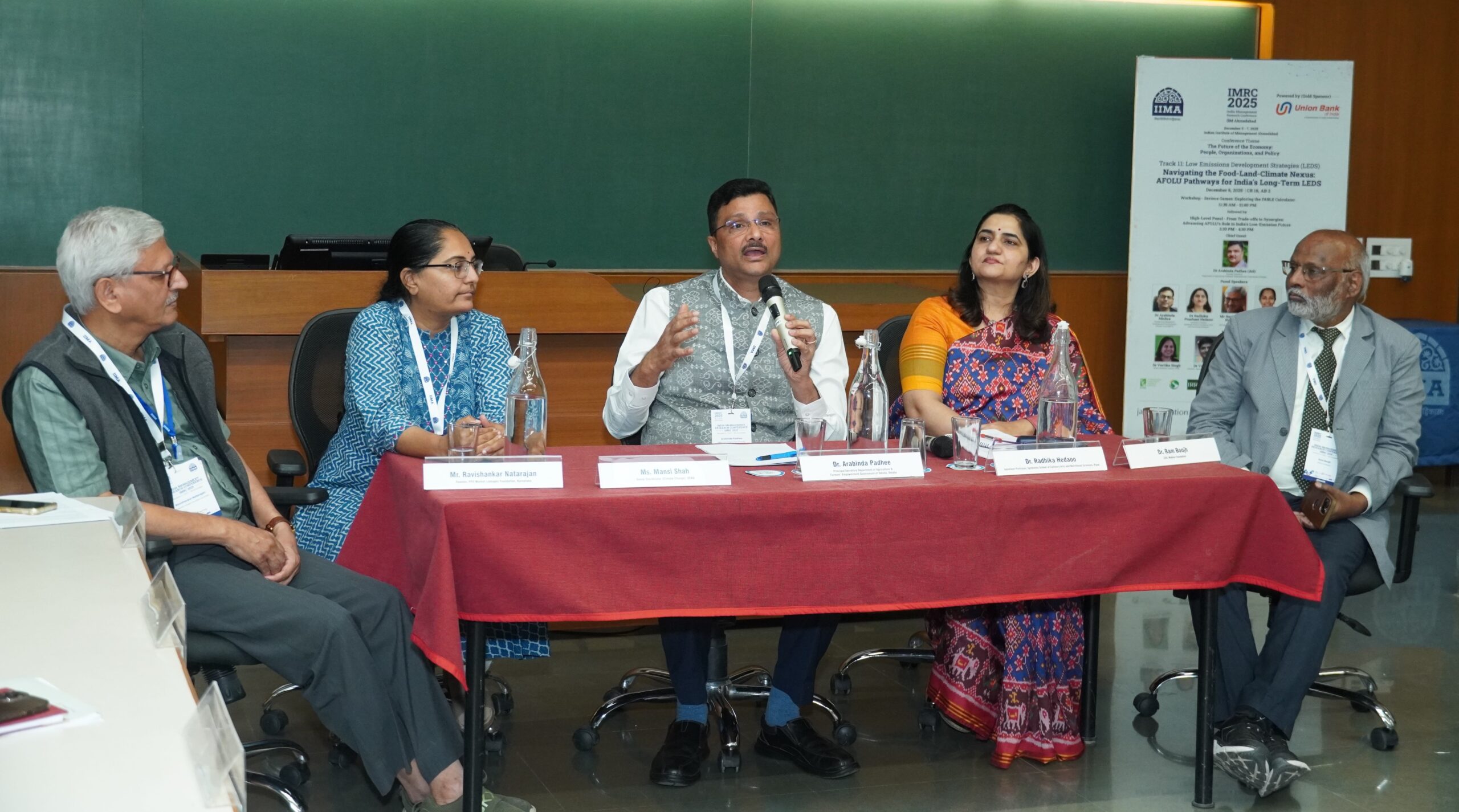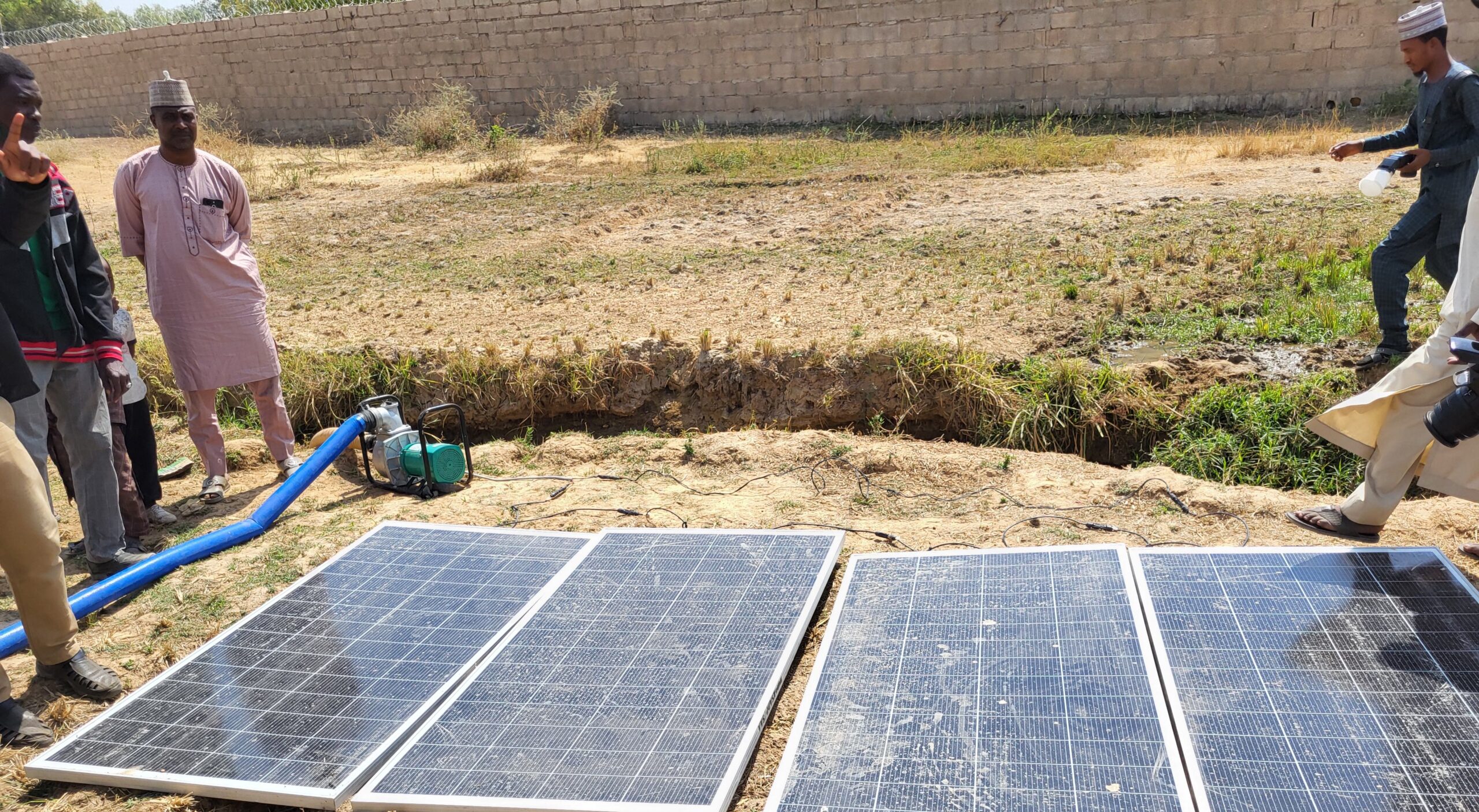HarvestChoice, a joint initiative managed by IFPRI’s Global Food Systems research program and the International Science and Technology Practice and Policy (InSTePP) at the University of Minnesota, released the latest version of its Spatial Production Allocation Model (SPAM) earlier this week. SPAM 2000 Version 3 provides estimates of crop production, area and yield for 20 major crops that together account for nearly 90 percent of the world’s total harvested area. As with previous versions of SPAM, the latest edition draws from myriad data sources including national/sub-national crop production statistics, satellite data on land cover, maps of irrigated areas, biophysical crop suitability assessments and population density and secondary data on irrigation and rainfed production systems, cropping intensity and commodity prices. The resulting data maps display disaggregated data as well as assessments of the distribution and performance of three categories of production systems for each crop: irrigated, high-input/commercial rainfed, and low-input/subsistence rainfed.
These assessments provide key knowledge and information to policymakers and development professionals in order to increase the effectiveness of agricultural policy and investment initiatives, particularly in poorer countries. Since May 2008 updates to the SPAM database are undertaken on a country-by-country basis when any significant new data input is source is obtained, such as sub-national crop production statistics or land use data. HarvestChoice has established a procedure for validating disaggregated results involving scientists from the Consultative Group on International Agricultural Research (CGIAR) and other collaborators. In such fashion, HarvestChoice continues to compile newer and higher resolution data and regenerate successive versions of the SPAM datasets on an ongoing basis. Preparations are under way for the first release of SPAM 2005, currently slated for late 2010.
For more information, please visit http://harvestchoice.org or download the datasets from the new SPAM website (http://mapspam.info).







